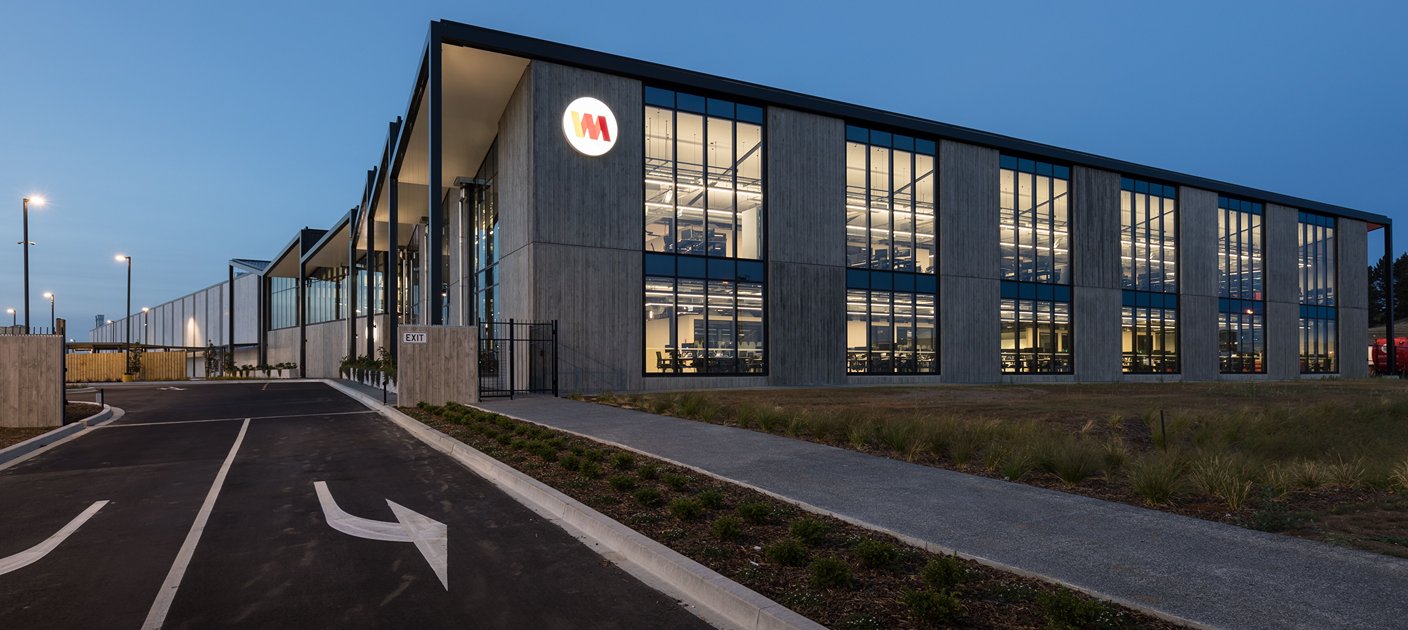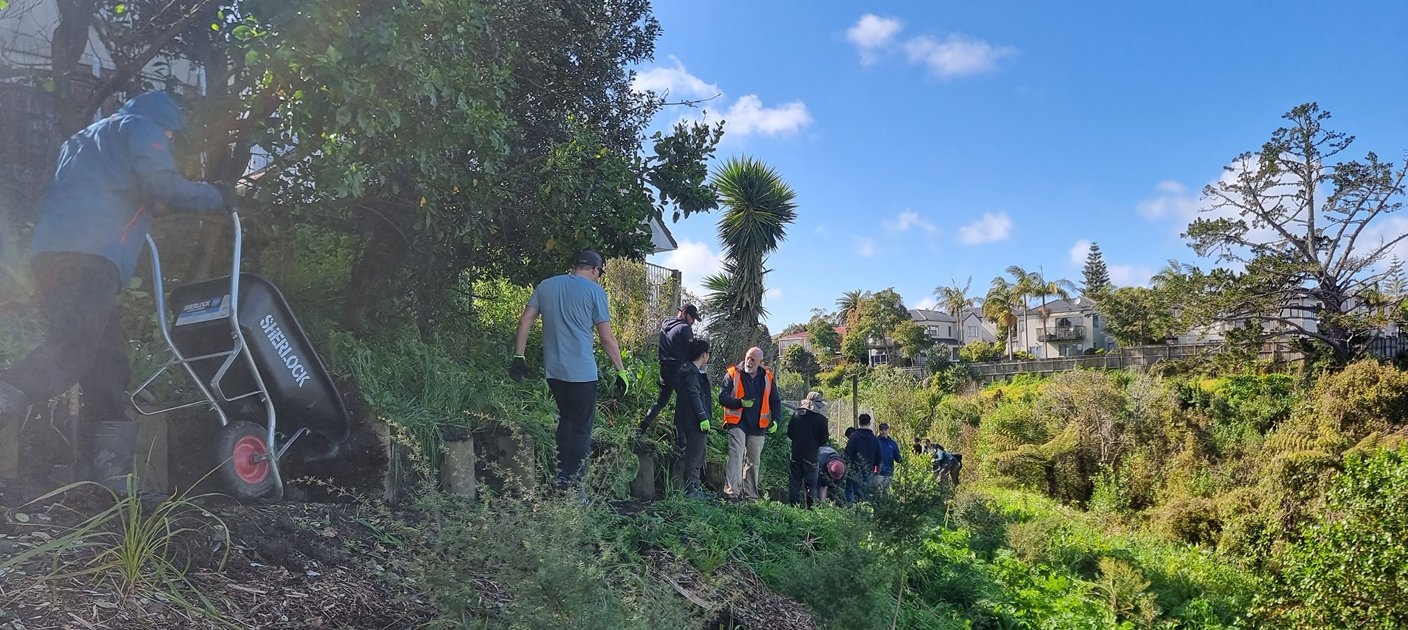

Posted June 7, 2024
Sustainability is a core aspect of how we operate at Cosgroves, it is upheld in our mission; to encourage sustainable growth in our projects and our people.
Here, we provide a brief outlook of sustainability at Cosgroves.
Our sustainability scope at Cosgroves is partly guided by the UN Sustainable Development Goals which extends beyond emissions and green solutions to encompass a holistic approach to sustainable practices.
Some key examples of how we put these goals into action include:
Providing Meaningful Work - Ensuring that our staff engage in impactful, sustainable projects.
Reducing Resource Consumption - Continuously seeking ways to minimise our environmental footprint.
Promoting Low-Energy and Water Solutions - Advising clients on efficient resource use.
Minimising Landfill Waste - Encouraging practices that reduce material waste.
Raising Awareness - Educating our stakeholders about the importance of the UN sustainability goals.
Several key drivers guide our sustainability efforts. Adherence to the New Zealand Building Code, especially Clause H1 (Energy Efficiency) and Clause G7 (Natural Light), are starting points, but thinking beyond these minimums in our designs is crucial. Rating systems such as Green Star push us to achieve even higher standards in building performance and occupant comfort.
We employ a range of sustainable building practices, such as:
Greenstar and Homestar Certifications: Helping clients achieve these ratings by advising on the best points and credits to target.
Building Optimisation Modelling: Ensuring energy-efficient building designs through rigorous modelling and verification.
Green Loans: Assisting clients in securing funding by verifying the sustainability of their projects.
Mandatory Greenhouse Gas Emissions Reporting: Complying with reporting standards to monitor and reduce our carbon footprint.
Our sustainability strategy aims to transition from linear to circular practices. This involves:
Reducing Energy Consumption - Prioritising energy efficiency from the design stage.
Minimising Material Use - Choosing materials with low embodied carbon and reducing overall material needs.
Low Transport Carbon Materials - Selecting locally sourced materials to cut down transport emissions.
Reducing Building Maintenance - Designing buildings that require less upkeep.
Energy Use Reduction - Implementing measures to lower a building’s operational energy consumption.
Lifecycle Design - Ensuring buildings are designed for installation, use, and eventual demolition.
Low-End Life Material - Using materials with minimal chemical impact at the end of their life cycle.
We utilize sophisticated thermal and daylight modelling to enhance building performance. By creating 3D models with detailed heat and light attributes, we can simulate real-world occupancy and energy usage scenarios. This allows us to predict:
Occupant Comfort - Ensuring optimal indoor environments.
Energy Efficiency - Identifying areas to enhance energy performance.
CO2 Levels - Monitoring and mitigating excess carbon dioxide.
Glare Risk - Reducing the risk of glare for occupants.
Solar PV Output - Maximizing the efficiency of solar photovoltaic systems.
Our expertise in sustainability ratings, such as NABERSNZ, allows us to help clients achieve impressive operational ratings by reducing energy demand. We provide targeted advice on Homestar and Greenstar points, ensuring our clients' buildings meet and exceed the targeted sustainability ratings.
At Cosgroves, sustainability is ingrained in every aspect of our work. From day-to-day operations to long-term strategic planning, we are dedicated to creating a more sustainable world for future generations. By continuously innovating and adhering to best practices, we aim to lead the way in sustainable building design and implementation.
If you would like to learn more about how the Cosgroves Sustainability team can help you, get in touch with [email protected] or 03 3778600




